Health & Science
Plastic trash transforms the Pacific; The cost of sleeping in; Secrets of a baby planet; Mammals in peril
Plastic trash transforms the Pacific
The amount of plastic garbage in the North Pacific Ocean has risen a hundredfold since the 1970s, and the floating debris is now so abundant that marine life is adapting to its presence. Researchers from the Scripps Institution of Oceanography sampled an expanse of the sea between Hawaii and California, where currents tend to deposit flotsam from around the Pacific basin, and found a garbage patch, or gyre, the size of Texas, with the plastic mostly broken down into confetti-size chunks. Discarded Styrofoam, plastic bags, and other buoyant refuse has added “hundreds of millions of hard surfaces to the Pacific Ocean,” study author Miriam Goldstein tells BBCNews.com, providing far more places for one marine insect, the water strider, to lay its eggs. The flourishing water striders are consuming more plankton and fish eggs than ever, Goldstein says, and the insects’ new abundance may also be creating a boom in the predators that dine on them, such as crabs. Meanwhile, marine creatures are swallowing some 12,000 to 24,000 tons of the plastic per year: Nearly one in 10 fish caught in the North Pacific has plastic in its stomach. Oceanographer Curtis Ebbesmeyer says the only way to stop the “Great Pacific Garbage Patch” from growing is to switch to biodegradable plastic. “We can’t clean it up,” he says. “It’s just too big.”
The cost of sleeping in
The Week
Escape your echo chamber. Get the facts behind the news, plus analysis from multiple perspectives.

Sign up for The Week's Free Newsletters
From our morning news briefing to a weekly Good News Newsletter, get the best of The Week delivered directly to your inbox.
From our morning news briefing to a weekly Good News Newsletter, get the best of The Week delivered directly to your inbox.
Sleeping late on the weekends can make you fat. A new study shows that by staying out and waking up later on weekends than they do on workdays, two out of three people effectively commute between two time zones every week. The weekly discrepancy, which researchers call “social jet lag,” disrupts people’s natural biorhythms and increases their risk of obesity and other health problems. German researchers surveyed sleep data from 65,000 people and found that their odds of being overweight increased 33 percent for every hour of difference between their weekday and weekend sleep schedules. Ignoring our normal circadian rhythms forces us “to eat at times when the body doesn’t want to eat or isn’t prepared for digesting food properly,” study author Till Roenneberg tells Health.com. Previous research has also shown that living out of sync with your body clock makes you more likely to smoke and drink, and to suffer from diseases like diabetes and cancer.
Secrets of a baby planet
Vesta, the second-largest object in our solar system’s asteroid belt, is no mere asteroid. New data from NASA’s Dawn spacecraft has revealed that the 330-mile-diameter orb has the characteristics of a planet—including roundness, a layered composition, and an iron core. Researchers have long considered the asteroids orbiting between Mars and Jupiter to be potential pieces of a planet that failed to form the way others in our solar system did, around 4 billion years ago. Jupiter’s strong gravity stirred up nearby dust and rocks, causing fragments to smash into one another instead of gradually coalescing into a single body. Small and battered as it is, Vesta “is special” because it started down the pathway to planethood, and provides evidence of “events at the very beginning of the solar system,” NASA geophysicist Carol Raymond tells Space.com. Among the startling features of its varied surface are two giant, overlapping craters caused by collisions with smaller asteroids 1 billion and 2 billion years ago. Similar impacts probably destroyed other protoplanets, Raymond says, making Vesta “the only intact member of a family of similar bodies that have since perished.”
Mammals in peril
A free daily email with the biggest news stories of the day – and the best features from TheWeek.com
Mammals are particularly vulnerable to climate change, and many species may perish as warming temperatures change their environments over the next century. A new study of nearly 500 Western Hemisphere species found that 90 percent of them will lose habitat as global temperatures rise over the next century, and 10 percent will become extinct. “Our figures are a fairly conservative—even optimistic—view of what could happen,” University of Washington ecologist Joshua Lawler tells ScienceDaily.com. Previous studies have suggested that climate change could actually expand the range of many species, without considering how those animals would travel to their new homes. But when Lawler and his colleagues calculated the size, speed, diet, and breeding habits of mammals, they discovered that many wouldn’t be able to relocate fast enough to beat the heat. They found that monkeys in the Amazon and other small species would be hardest hit. Larger, speedier mammals like elk and coyotes would fare better, but even they would face daunting obstacles like highways and farms. “Unfortunately, there is not a lot of good news in analyses of climate impacts,” says University of California, Berkeley, ecologist David Ackerly. “Rapid change will be disruptive.”
-
 Political cartoons for December 20
Political cartoons for December 20Cartoons Saturday’s political cartoons include drowning rats, the ACA, and more
-
 5 fairly vain cartoons about Vanity Fair’s interviews with Susie Wiles
5 fairly vain cartoons about Vanity Fair’s interviews with Susie WilesCartoon Artists take on demolition derby, alcoholic personality, and more
-
 Joanna Trollope: novelist who had a No. 1 bestseller with The Rector’s Wife
Joanna Trollope: novelist who had a No. 1 bestseller with The Rector’s WifeIn the Spotlight Trollope found fame with intelligent novels about the dramas and dilemmas of modern women
-
 5 recent breakthroughs in biology
5 recent breakthroughs in biologyIn depth From ancient bacteria, to modern cures, to future research
-
 Bacteria can turn plastic waste into a painkiller
Bacteria can turn plastic waste into a painkillerUnder the radar The process could be a solution to plastic pollution
-
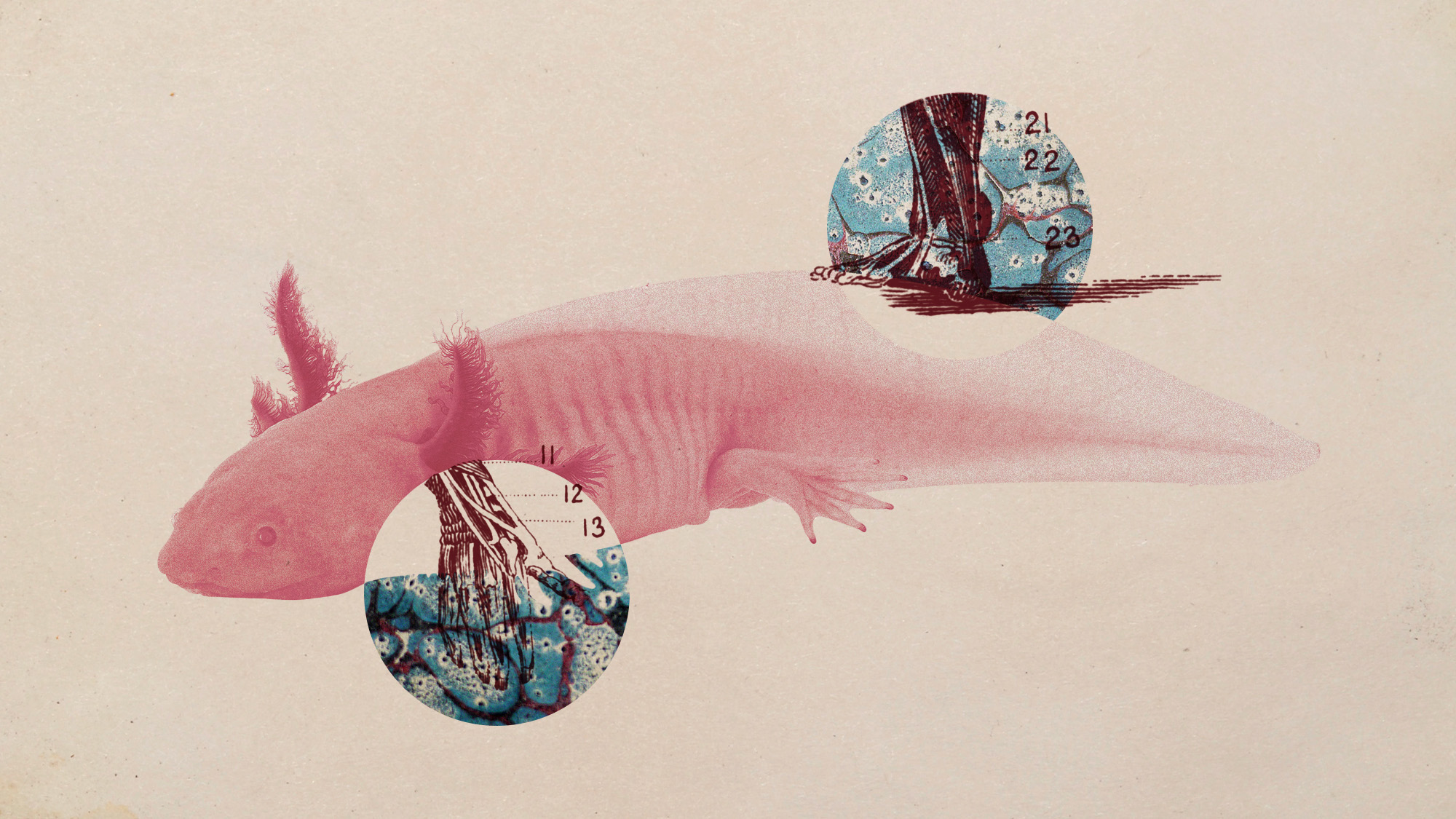 Scientists want to regrow human limbs. Salamanders could lead the way.
Scientists want to regrow human limbs. Salamanders could lead the way.Under the radar Humans may already have the genetic mechanism necessary
-
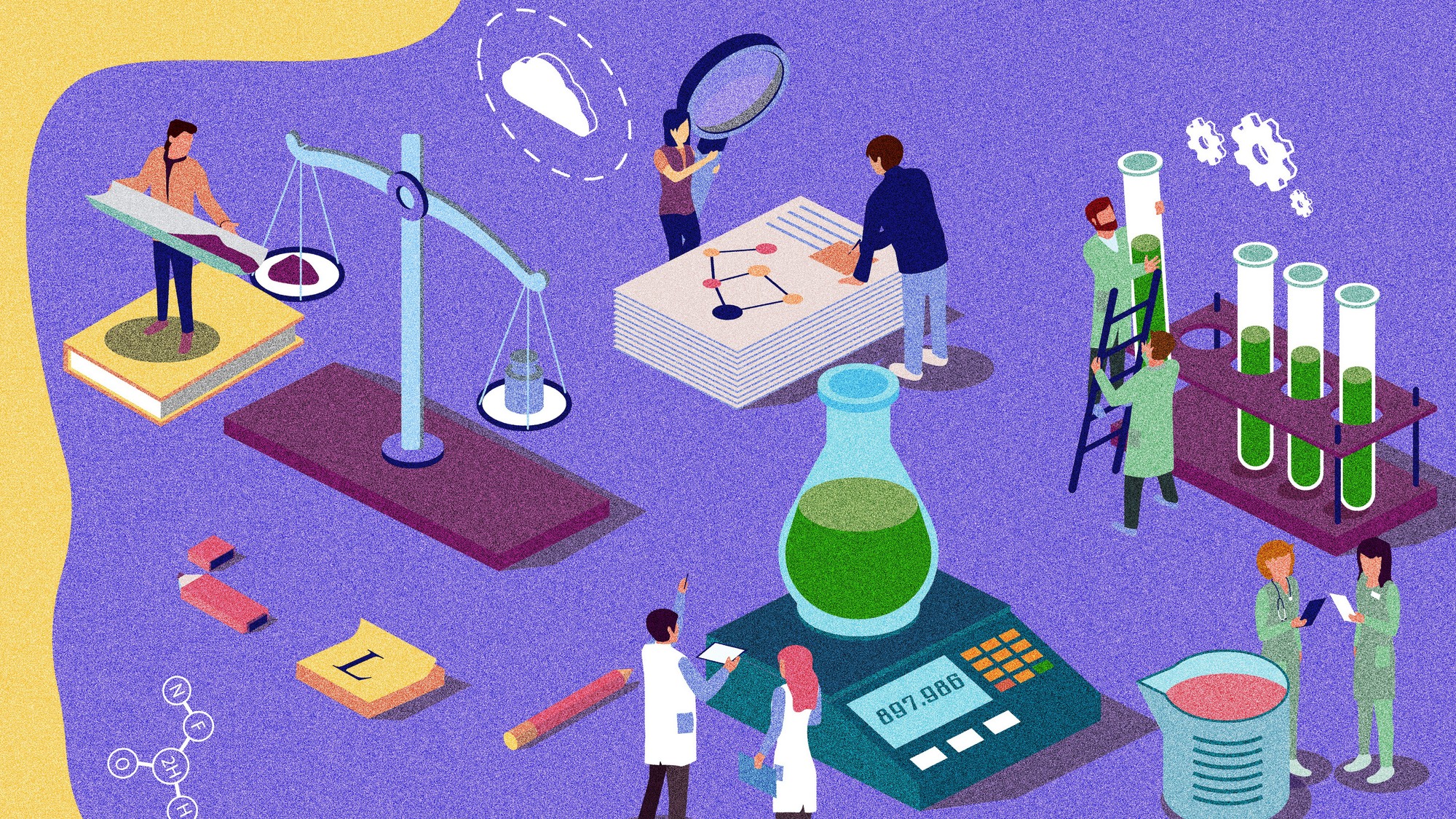 Is the world losing scientific innovation?
Is the world losing scientific innovation?Today's big question New research seems to be less exciting
-
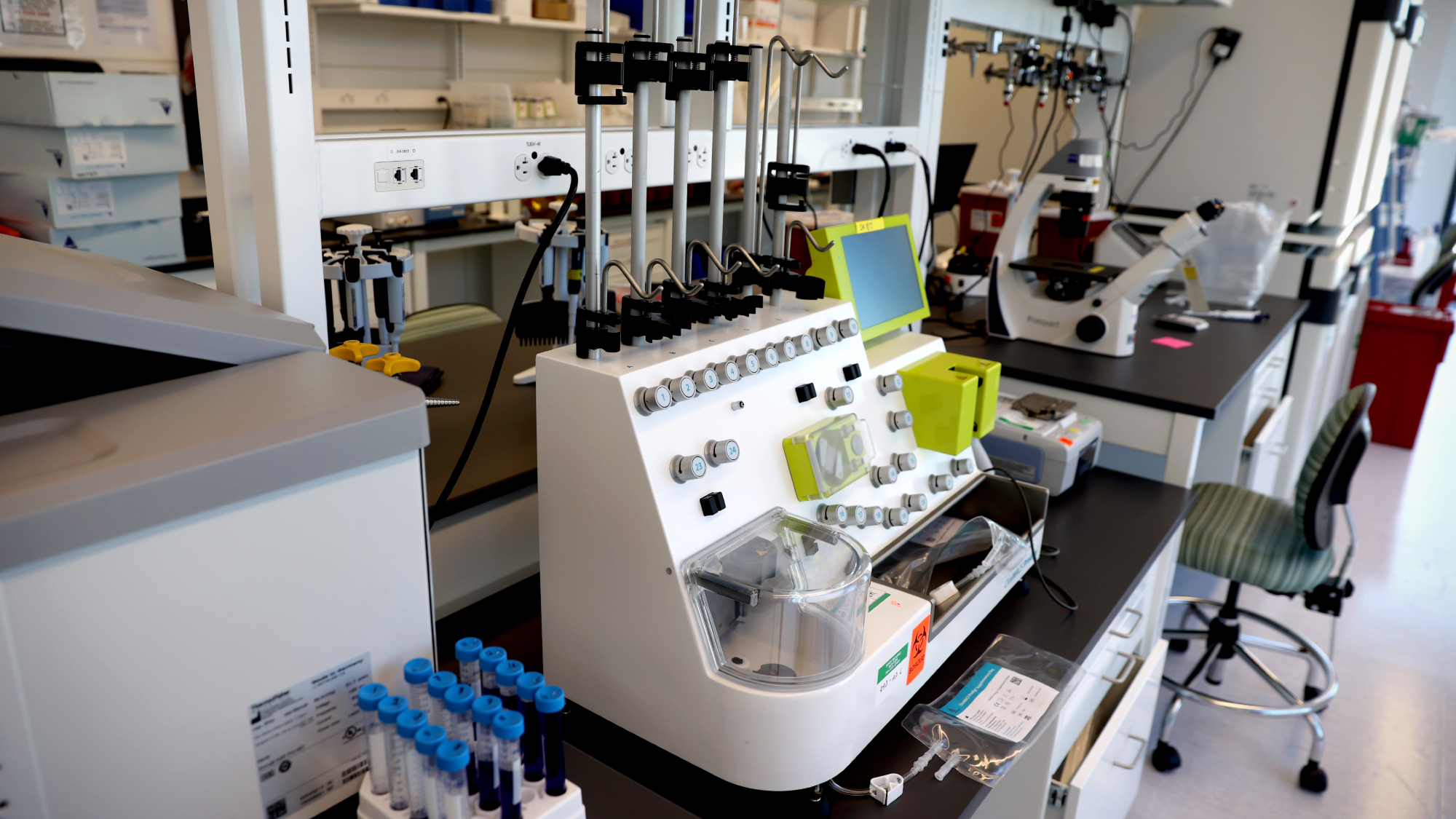 Breakthrough gene-editing treatment saves baby
Breakthrough gene-editing treatment saves babyspeed read KJ Muldoon was healed from a rare genetic condition
-
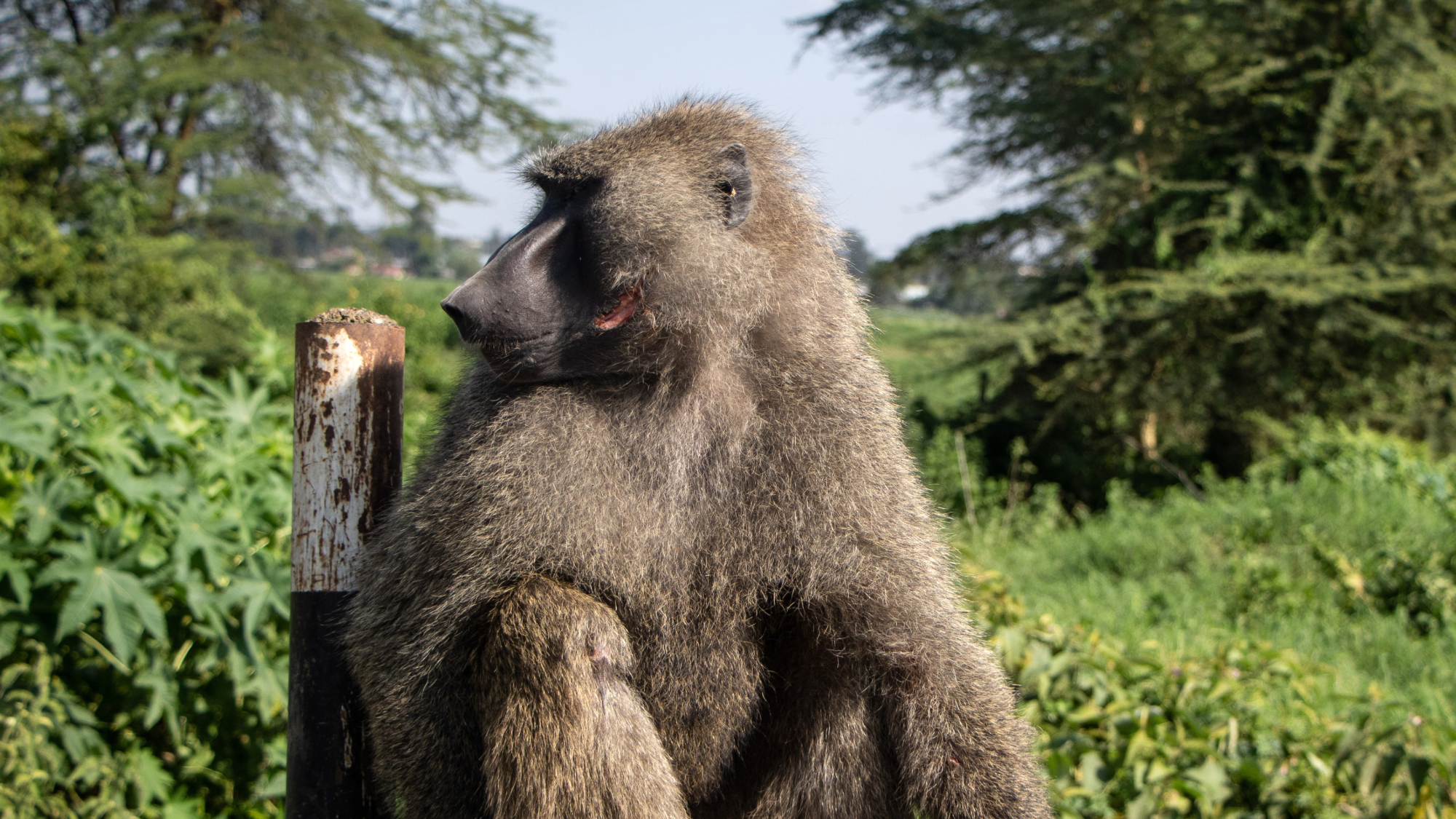 Humans heal much slower than other mammals
Humans heal much slower than other mammalsSpeed Read Slower healing may have been an evolutionary trade-off when we shed fur for sweat glands
-
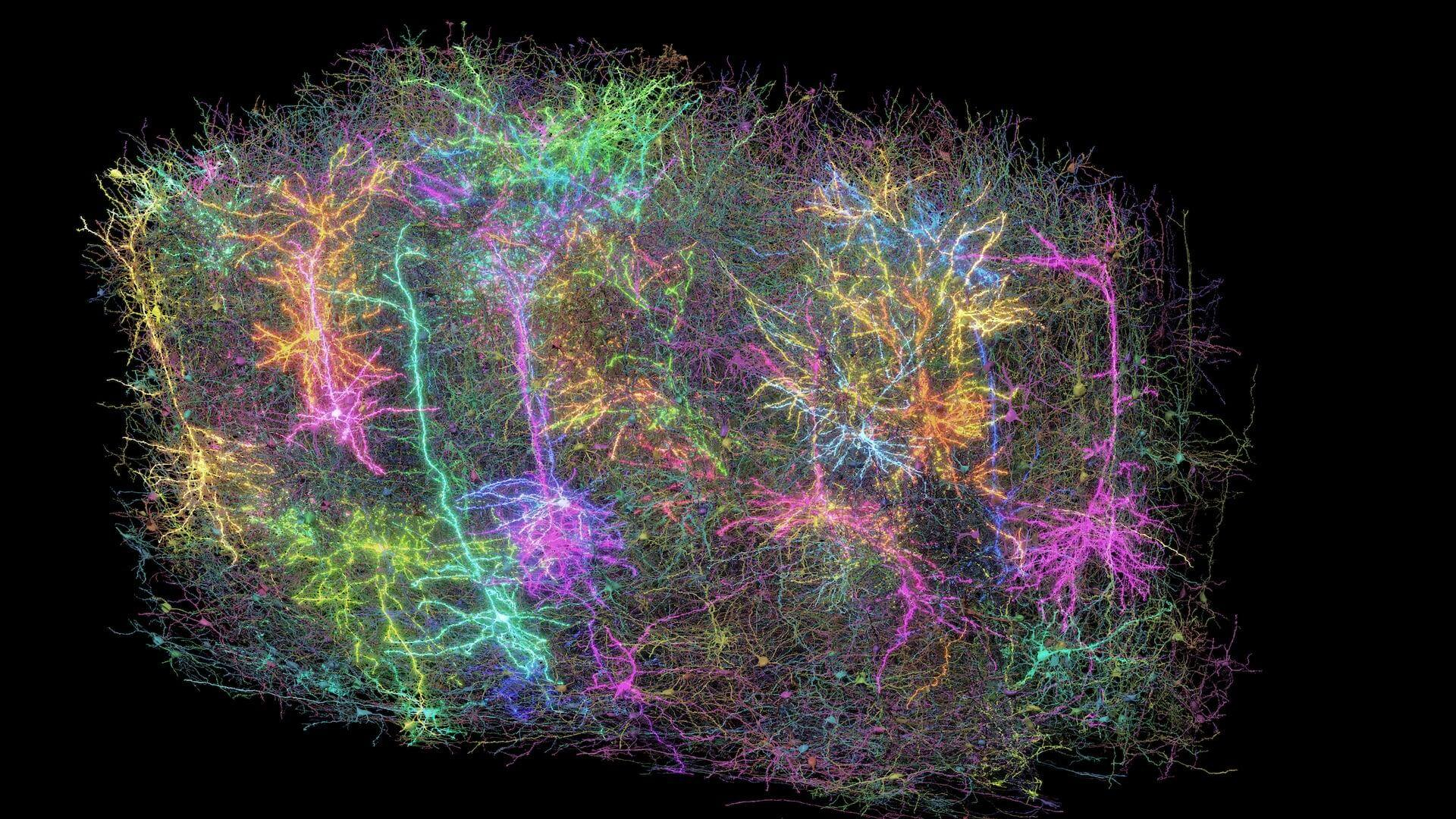 Scientists map miles of wiring in mouse brain
Scientists map miles of wiring in mouse brainSpeed Read Researchers have created the 'largest and most detailed wiring diagram of a mammalian brain to date,' said Nature
-
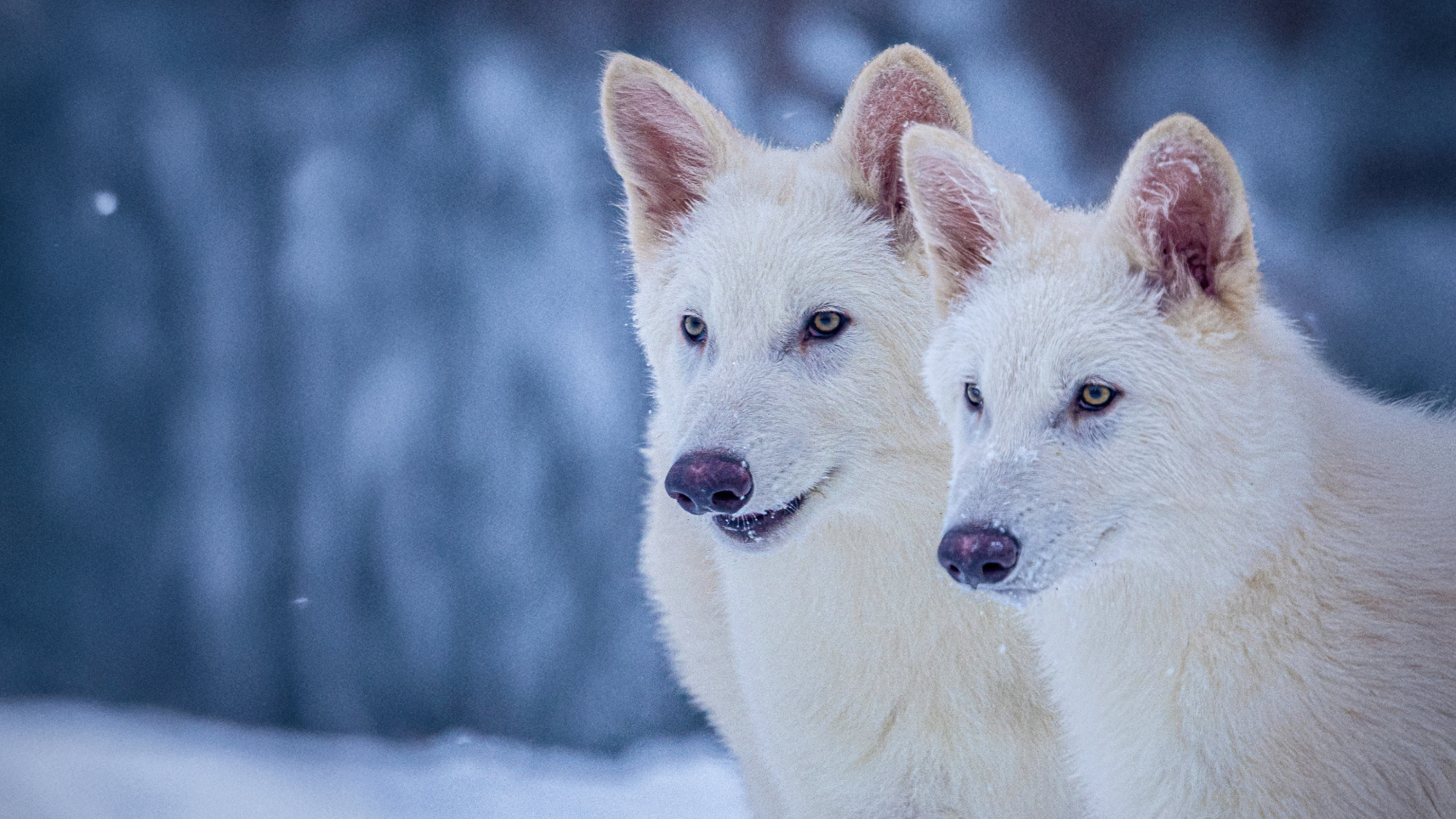 Scientists genetically revive extinct 'dire wolves'
Scientists genetically revive extinct 'dire wolves'Speed Read A 'de-extinction' company has revived the species made popular by HBO's 'Game of Thrones'